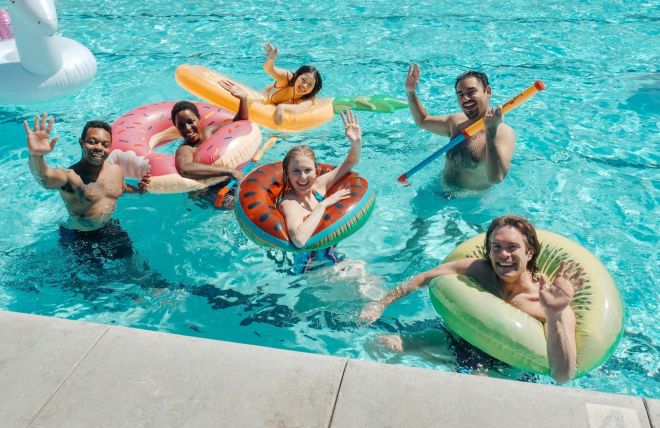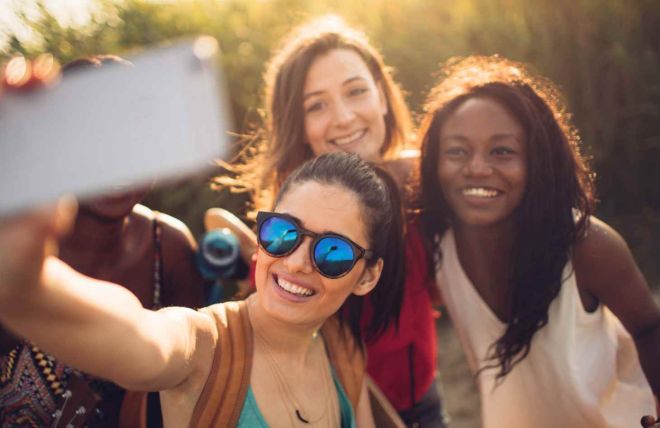As the festive lights twinkle and the air fills with the scent of seasonal treats, our HOA community is a reflection of a world rich in diversity. Yet, in this joyous time, it's vital we pause and ponder – does our celebration truly mirror the varied tapestry of cultures and beliefs that make up our neighborhood? This post is a call to action, an invitation to ensure our holiday festivities are a warm, inclusive embrace for every member of our community.
Understanding Your HOA’s Community Diversity
Just as Yom Kippur asks of the Jewish community to reflect on both personal and collective actions, let's consider our HOA's approach to holiday celebrations. Do we recognize and incorporate the diverse ways our residents observe this time of year? It's not just about adding different cultural symbols; it's about genuinely understanding and valuing the unique traditions that each of us brings to the table.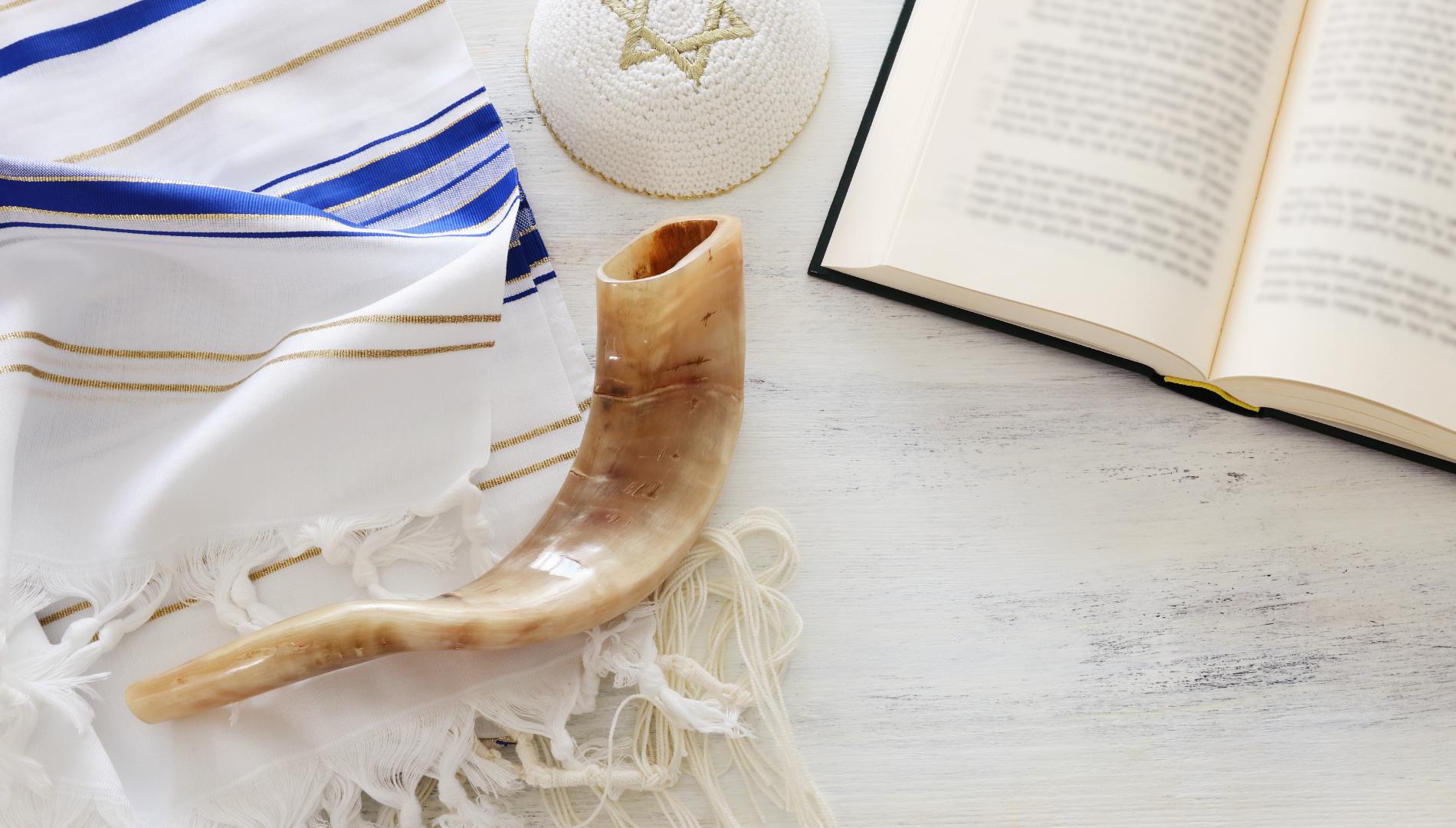
Practical Steps for Inclusive Decorations
When it comes to holiday decorations in our common areas, let’s think beyond the conventional. Can we include a Menorah alongside the Christmas tree, or perhaps decorations that celebrate Kwanzaa? Let’s remember, it's not merely about representation; it's about creating a space where everyone feels their culture is respected and celebrated.
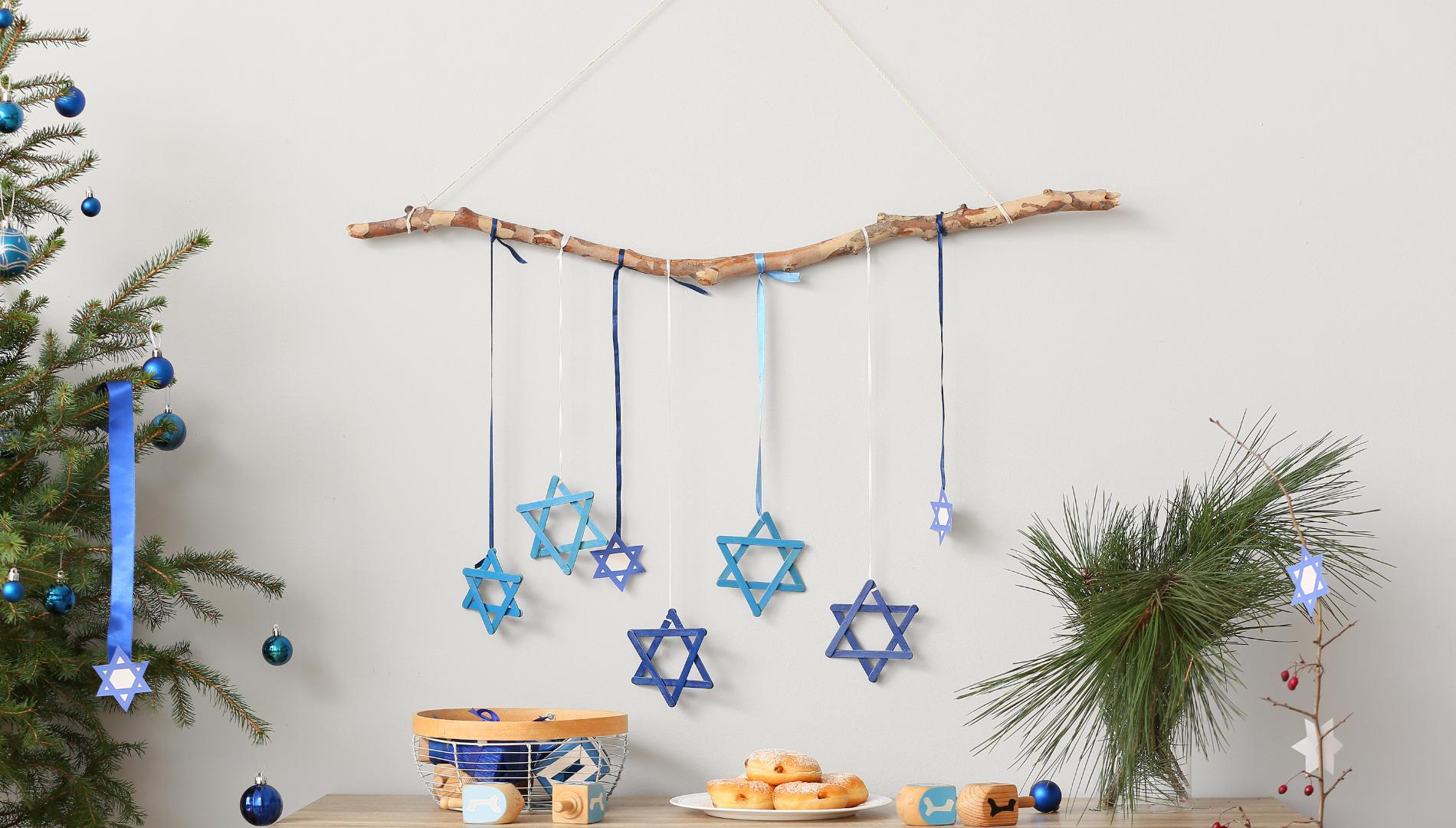
Event Planning with Everyone in Mind
Planning holiday events in your HOA should be like composing a symphony – different notes, harmoniously coming together. Let's consider dates and times that don't exclude those who might observe different holidays or have unique traditions. This inclusivity also extends to the food we serve, the music we play, and the activities we organize.
Cultural Cookie Exchange
An easy and delightful event to consider is a "Cultural Cookie Exchange." Encourage residents to bring cookies that represent their culture or family traditions. This simple yet engaging activity allows neighbors to share a part of their heritage through something everyone loves - food! Imagine a table adorned with Italian pizzelles, Mexican wedding cookies, German lebkuchen, and more, each with a small card explaining their cultural significance. Such an event not only tantalizes the taste buds but also opens doors to conversations about different customs and stories behind these sweet treats. It's a way to not only taste but also learn about the diverse tapestry of your community, one cookie at a time.
To make this event more interactive, we could organize a cookie-decorating workshop. This could be especially appealing for families with children, as it provides a fun and hands-on experience. The workshop could include traditional cookie shapes and decorations from various cultures, offering an educational twist to the fun. By combining the joy of baking with the opportunity to learn about different holiday traditions, we foster a deeper understanding and appreciation among residents.
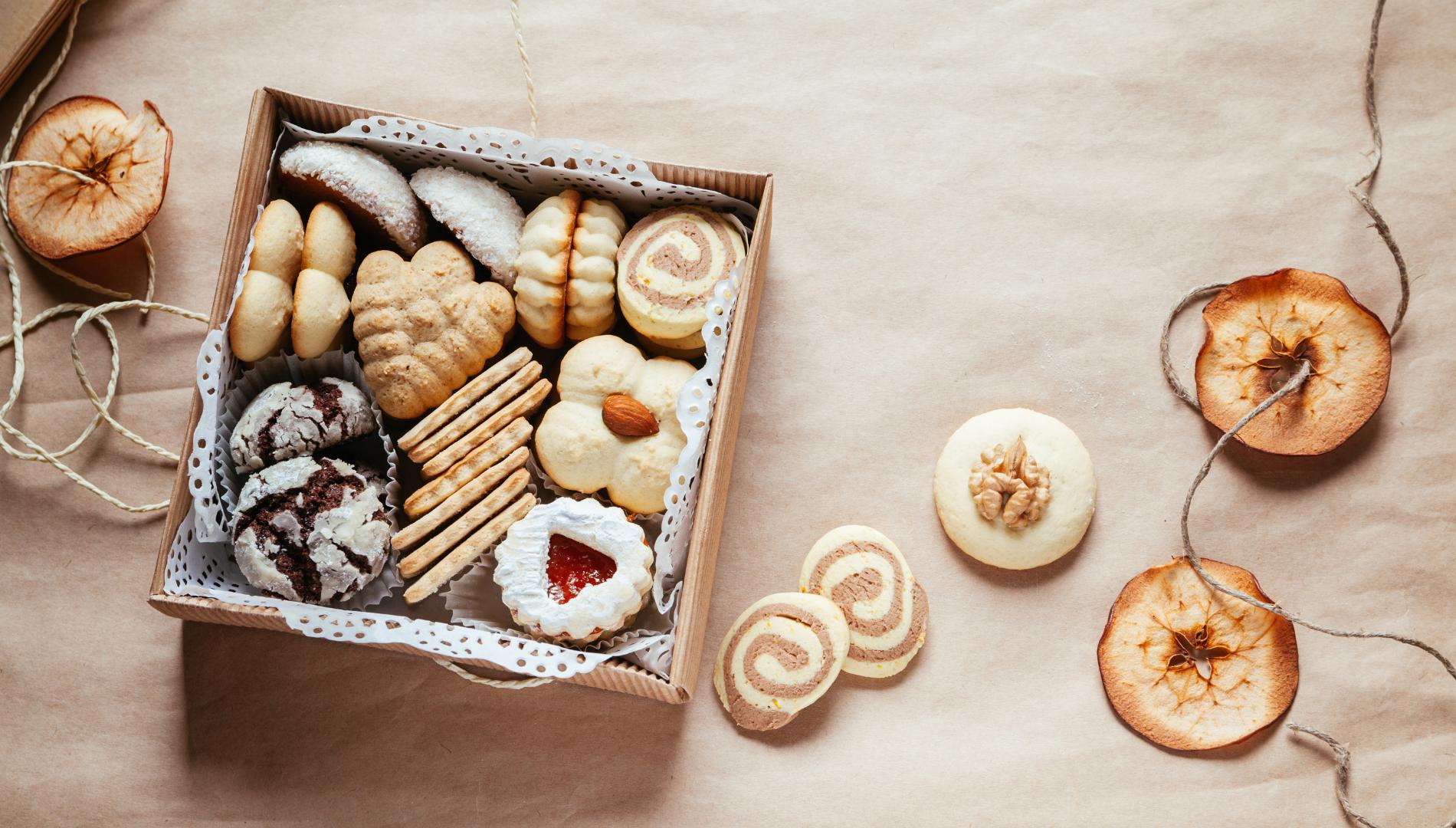
Inclusive Communication: A Responsibility
The words we choose in holiday greetings and event invitations carry weight. They have the power to include or exclude, to embrace or alienate. Let's ensure language is as inclusive as intentions, embracing all holidays and forms of celebration this season brings.
Inclusive communication is vital in creating a welcoming atmosphere. Here are some examples bringing your community together to illustrate this:
- Holiday Greetings: Instead of using a specific greeting like "Merry Christmas," opt for more inclusive phrases such as "Happy Holidays," "Season's Greetings," or "Joyful Festivities." This acknowledges the diversity of celebrations during this time of year.
- Event Invitations: When drafting invitations for community events, be mindful of language that resonates with all. For instance, an invitation might read, "Join us for our Winter Celebration, a gathering of lights, joy, and warmth, where we honor the myriad ways our community commemorates this season."
- Signage and Notices: Ensure any signage around the community is inclusive. A sign for an event could say, "All Are Welcome to Our Holiday Gala: A Celebration of Our Community’s Rich Tapestry of Traditions."
- Newsletters and Announcements: When communicating through HOA newsletters or online platforms, include articles or features about different cultural celebrations. For example, a newsletter piece might start with, "This December, our community embraces the diverse threads of our cultural quilt, from Hanukkah's candles to Kwanzaa's harvest, from Christmas carols to the Winter Solstice's quiet reflection."
- Social Media Posts: If your HOA uses social media, posts can rotate through highlighting different holidays. For instance, one post could read, "Today, we spotlight the Festival of Diwali, a celebration of light over darkness. How does your family celebrate this time of year? Share your stories with us!"
By carefully choosing words and phrases that reflect the diversity of your community, you foster a sense of inclusion and respect. This approach not only enriches the holiday experience for everyone but also strengthens community bonds.
Addressing Unconscious Bias and Promoting Equality
Inclusivity is not just about the visible aspects of our celebrations; it's also about challenging our unconscious biases. It's about ensuring that no one in our community feels like an outsider. This holiday season, let's pledge to be vigilant, to speak up against subtle acts of exclusion or insensitivity that may occur within our community.
Conclusion
As we enjoy the glow of holiday lights, let’s ensure it’s a light that truly reflects the spectrum of our community's diversity. Let’s not just celebrate ‘a’ tradition but ‘every’ tradition. In doing so, we don't just make the holiday season more joyful.



